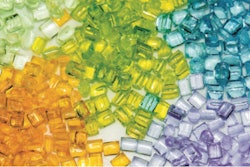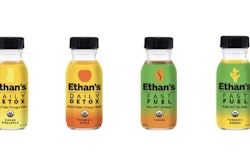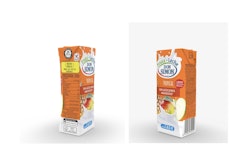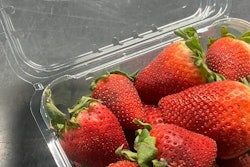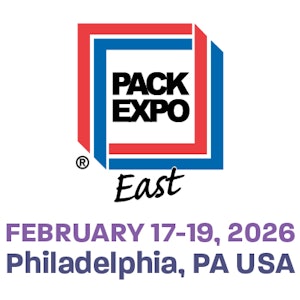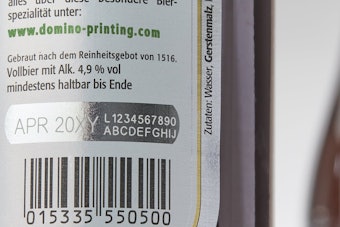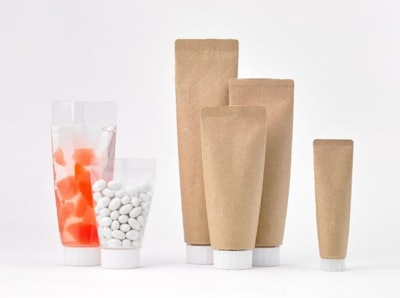
This content was written and submitted by the supplier. It has only been modified to comply with this publication’s space and style.
Toppan Printing has improved user-friendliness while reducing resources by developing the paper tube-pouch, a new paper-based version of the existing tube-pouch, which is shaped like a tube and easy to squeeze like a pouch. The paper tube-pouch is ideal for use in the food, toiletry, and pharmaceutical sectors, and full-scale sales are scheduled to be launched in Japan in fiscal 2020. Due to the use of thinner film material, the conventional tube-pouch is easier to squeeze and uses 30% less plastic than the type of laminated tube widely used for toothpaste. The new paper tube-pouch maintains the tube-pouch’s functionality while demonstrating better environmental performance by employing a paper-based material for the body, making possible a 50% reduction in plastic volume. Coupled with a redesign of the plastic parts of the head section, this enables plastic to be reduced by a total of 65%. Although plastic has been replaced with paper, the tube-pouch still maintains its shape even when the volume of content inside decreases, and the use of Toppan’s proprietary GL BARRIER film on the inner surface ensures complete barrier performance required for such items as food and cosmetics. The body of the paper tube-pouch has a thickness of just 0.1 mm and a special folded structure. Combined with a horizontal design for the plastic spout, this makes it easier to completely squeeze out the contents. 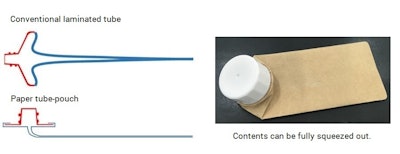
The use of paper for the exterior surface also means that design and sales promotion can fully exploit the advantages of the material’s feel and texture, making the paper tube-pouch ideal for effectively communicating more natural and organic product concepts to consumers. “The paper tube-pouch represents a new solution that can meet the needs of manufacturers, consumers, and society as a whole by reducing impact on the environment, enhancing user-friendliness, and also offering new possibilities for design,” said Shingo Wada, general manager of business strategy in Toppan’s western Japan division. “It is another example of Toppan’s efforts to tackle such issues as marine plastic and the need for efficient circulation of resources by developing eco-friendly packaging and containers that sacrifice nothing in terms of functionality while making use of more sustainable materials, such as recycled and biomass plastics, monomaterials, and paper.”




